- Central Virginia Community College, a two-year institution established as a member of the Virginia Community College System, provides State-supported educational facilities beyond the high school level for the cities of Lynchburg and Bedford and the counties of Amherst, Appomattox, Bedford, and Campbell. The curricula and programs of the College serve more than 228,000 people within this geographical jurisdiction.
School Highlights
Central Virginia Community College serves 4,434 students (26% of students are full-time).
The college's student:teacher ratio of 19:1 is lower than the state community college average of 23:1.
Minority enrollment is 36% of the student body (majority Black), which is less than the state average of 53%.
Quick Stats (2025)
- Enrollment: 4,434 students
- In-state tuition: $4,248
- Out-state tuition: $10,068
- Student:teacher ratio: 19:1
- Minority enrollment: 36%
- Source: Integrated Postsecondary Education Data System (IPEDS)
Top Rankings
Central Virginia Community College ranks among the top 20% of public schools in Virginia for:
Category
Attribute
Debt For Students
School Overview
The teacher population of 234 teachers has stayed relatively flat over five years.
Central Virginia Community College
(VA) Community College Avg.
Carnegie Classification
Associate's Colleges: High Transfer-High Nontraditional
Associate's--Private For-profit
Institution Level
At least 2 but less than 4 years
At least 2 but less than 4 years
Institution Control
Public
Private, non-profit
Total Faculty
234 staff
129 staff
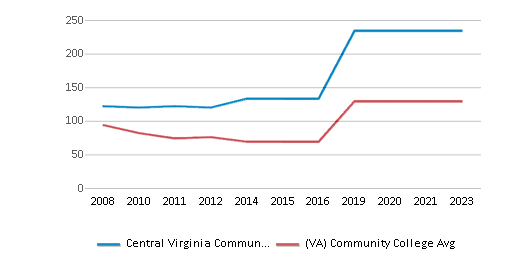
School Calendar
Student Body
The student population of Central Virginia Community College has grown by 16% over five years.
The student:teacher ratio of 19:1 has increased from 14:1 over five years.
The Central Virginia Community College diversity score of 0.55 is less than the state average of 0.71. The school's diversity has grown by 15% over five years.
Total Enrollment
4,434 students
1,350 students
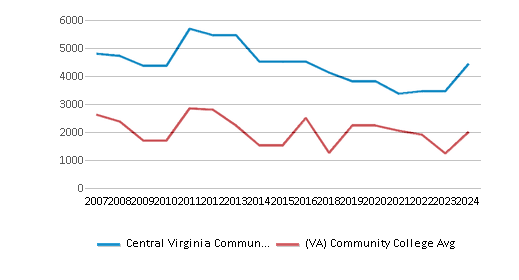
Student : Teacher Ratio
19:1
23:1
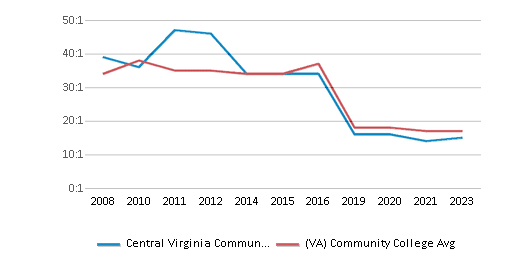
# Full-Time Students
1,150 students
637 students
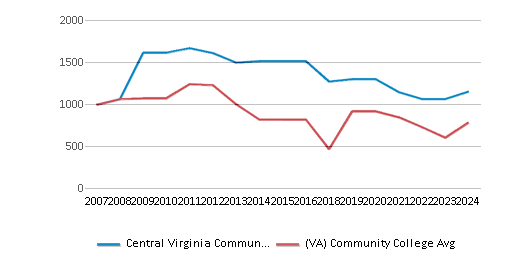
# Part-Time Students
3,284 students
971 students
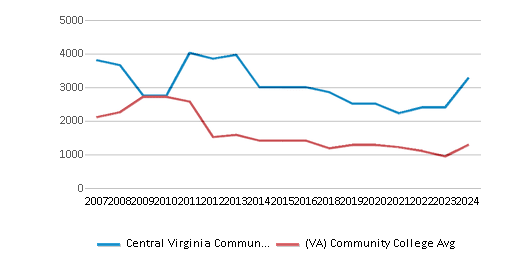
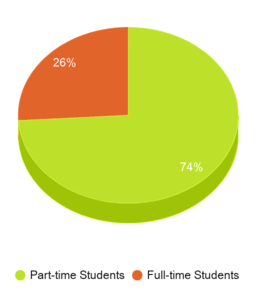
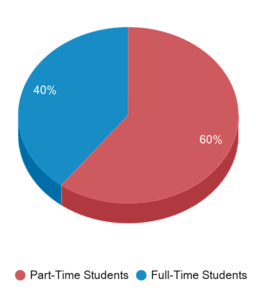
# Enrollment Undergraduate
443 students
314 students
# Full-Time Undergraduate Students
1,150 students
611 students
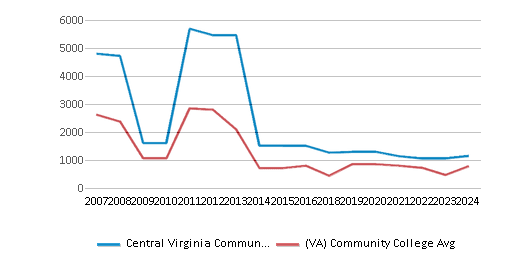
# Full-Time Graduate Students
n/a
158 students
# Part-Time Undergraduate Students
3,284 students
971 students
# Part-Time Graduate Students
n/a
61 students
Total Dormitory Capacity
n/a
476 students
% American Indian/Alaskan
n/a
n/a
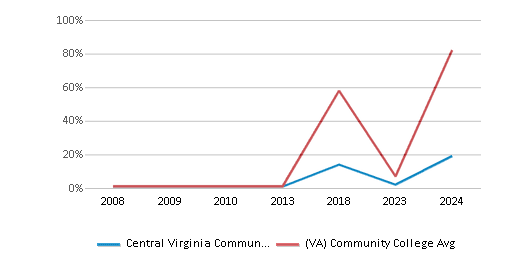
% Asian
2%
8%
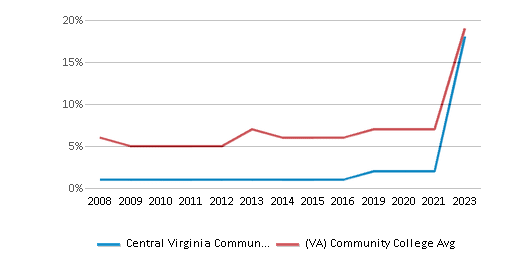
% Hispanic
5%
13%
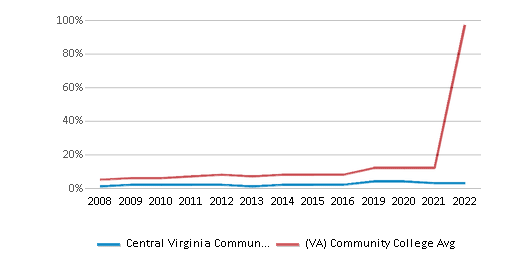
% Black
18%
21%
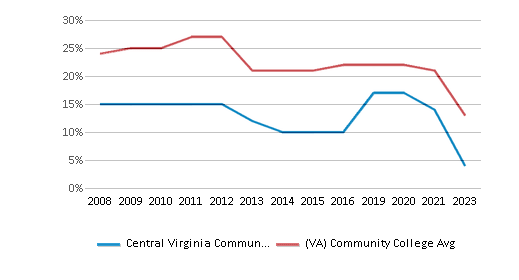
% White
64%
47%
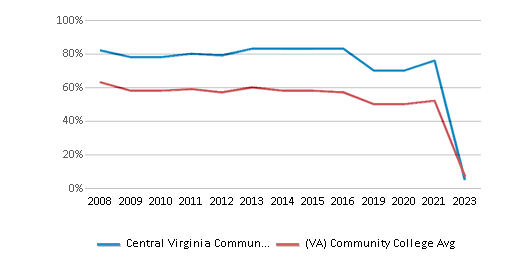
% Hawaiian
n/a
n/a
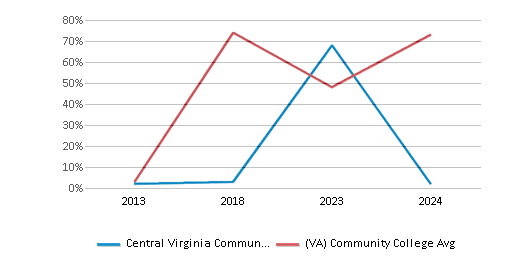
% Two or more races
6%
5%
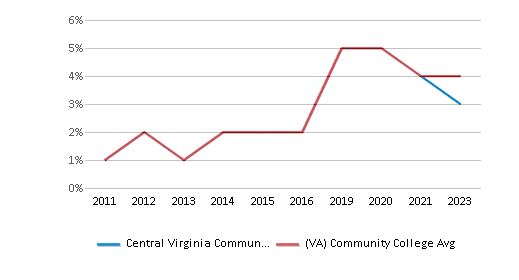
% Non Resident races
1%
2%
% Unknown races
2%
4%
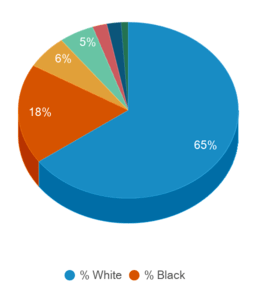
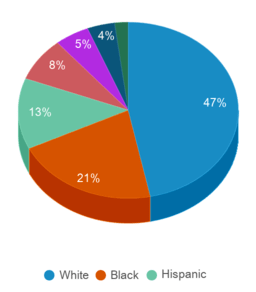
Diversity Score
0.55
0.71
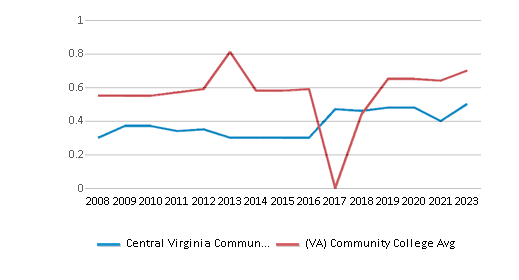
College Completion Rate (Students who graduate in less than 4 years)
0.2835%
0.4094%
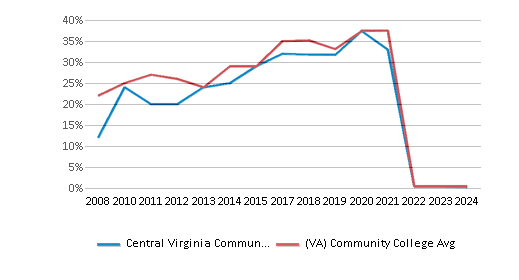
College Completion Rate (Students who graduate in 4 years or more than 4 years)
n/a
0.264%
Average Graduate Earnings (10 Years)
$29,400
$29,600

Tuition and Acceptance Rate
The public in-state tuition of $4,248 is more than the state average of $3,748. The in-state tuition has declined by 12% over four years.
The public out-state tuition of $10,068 is more than the state average of $8,977. The out-state tuition has declined by 7% over four years.
In-State Tuition Fees
$4,248
$3,748
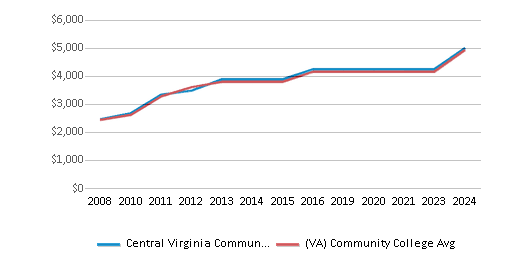
Out-State Tuition Fees
$10,068
$8,977
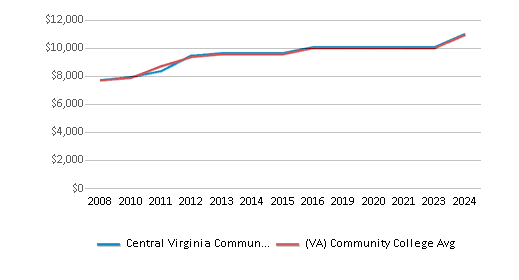
% Students Receiving Some Financial Aid
74%
78%
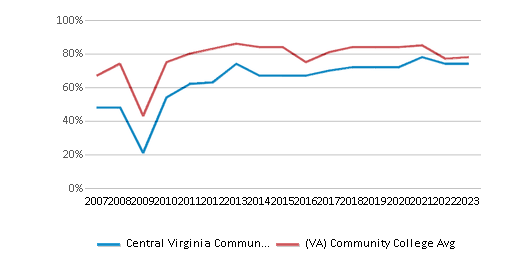
Median Debt for Graduates
$8,515
$10,500
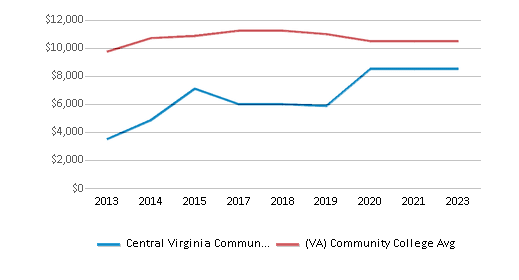
Median Debt for Dropouts
$5,200
$5,500
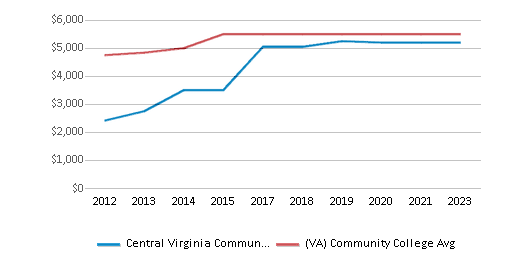
Acceptance Rate
n/a
59%
Source: 2024 (or latest year available) Integrated Postsecondary Education Data System (IPEDS)
School Notes
- Early in 1965, a local committee was formed to investigate the needs and feasibility of a community college for the Central Virginia region; and in July, 1966, the State Board for Community Colleges selected Central Virginia as a community college location to serve the cities of Lynchburg and Bedford and the counties of Amherst, Appomattox, Bedford and Campbell. The site selected, where Central Virginia Community College presently stands, was approved by the State and Local Boards because of its geographic center to the service area's population and accessibility to all major highways in the area. With academic excellence its aim in all areas, the College offers various programs to meet the diverse needs of the region it serves. Its two-year college transfer programs in arts and sciences and in certain pre-professional areas lead to associate degrees and offer courses generally acceptable for transfer to four-year institutions. Its occupational and technical programs lead to diplomas, certificates, or associate of applied science degrees and are designed to prepare individuals for certain professions. Its other programs, including developmental work, special training for industry, and community service, offer instruction commensurate with the needs of individuals, groups or the area at large.
Frequently Asked Questions
How much does Central Virginia Community College cost?
Central Virginia Community College's tuition is approximately $4,248 for In-State students and $10,068 for Out-State students.
What is Central Virginia Community College's ranking?
Central Virginia Community College ranks among the top 20% of community college in Virginia for: Least debt for graduating students.
Recent Articles

Obtaining Your Bachelor's Degree at a Community College
Explore the evolving landscape of community colleges offering bachelor's degrees, addressing affordability, accessibility, and workforce needs.

A to Z of Community College Certificates and Courses
From business and healthcare to technology and skilled trades, the article showcases the breadth of options available to students seeking to enhance their knowledge, develop new skills, or pursue career advancement.

What is a Community College?
This comprehensive guide explains what a community college is, its history, and its role in higher education. It covers the types of programs offered, differences from four-year colleges, benefits of attending, and important considerations for prospective students, providing valuable insights for those exploring educational options.










